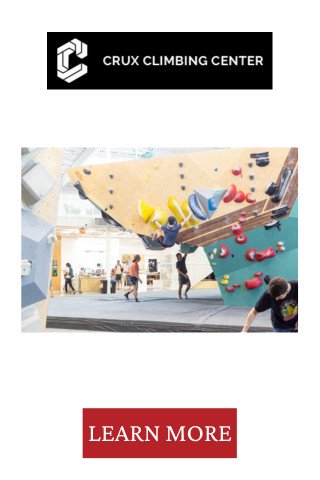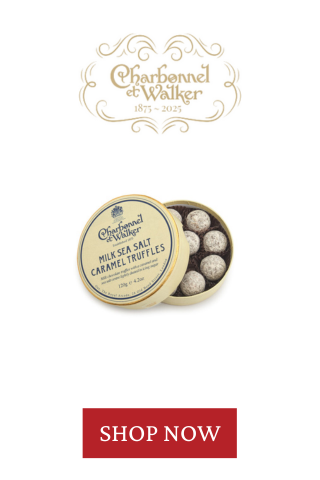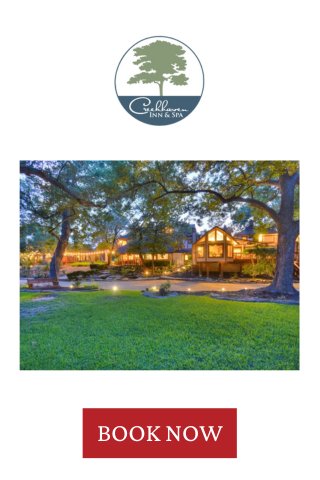The Home of a Former Trade Union Becomes The Carpenter Hotel

Building on the Past
Photographs by Jana Cantua
Holiday Gift Guide
Have you been to the Carpenter yet? Approaching the new hotel, a low-slung unmistakably midcentury structure, it’s easy to think it was always there, tucked off Lamar amongst the pecan trees, a friendly neighbor to Pecan Grove RV Park and Casa de Luz. The word “Hotel” is painted atop the double doors. So subtle you could even miss it.

You keep going. To the left is the living room, or, in this case, the hotel lobby of your low-key dreams — distressed leather couches, coffee cup rings, a record player actually being used. To the right is what, at first glance, seems to be some sort of benevolent principal’s office, where instead of grumpy hall pass instructions from a Kleenex-wielding administrator you receive directions to the hotel’s eatery, Carpenters Hall, from an earnest and bespectacled millennial — this is, in fact, the check-in desk.
By now you have the inclination that this gem of a spot may be Austin’s newest in a rash of hotel arrivals, but thoroughly charmed by the unfussy vintage-modern interiors, friendly staff and light-filled café, you forge ahead. Another set of double doors leads onto a shady courtyard anchored by undulating terra-cotta walls and the pool they surround. You look up and there she is — a four-story tower of guest rooms defined by an earthy and geometric steel façade. You’ve done it — you’ve managed to find the hotel within this hotel. Welcome to the Carpenter. Your new old favorite.

I sat down with Jack Barron and Jen Turner, partners in both life and work, whose hospitality group, The Mighty Union, has projects in cities like Portland, Honolulu and San Antonio. Their latest is The Carpenter Hotel, Austin’s newest spot for laying one’s head, sipping coffee, playing records or gathering for a meal.
Margaret Williams: You just opened. How have the first few weeks gone?
Jack Barron: Great. Fun for us. We want everyone to have the opportunity to discover us on their own.
MW: When did you first see this building?
Jen Turner: About five years ago.

JB: This project is distinctly Austin in so many ways. It’s right next to a park, it’s right near the lake, it’s filled with pecan trees, it’s indoor-outdoor. It’s also very simple and straightforward.
With this project we’re preserving character, keeping green space, creating levels of density, but we’re doing it because that’s our business model, that’s our whole program.
MW: Have you always worked with historic buildings?

JT: Jack more so. I worked for an architecture firm for 11-something years. We did all brand-new, from the ground up, so that’s kind of where, I think, our experience comes together.
JB: What interests me and Jen and our group is trying to stay true to the life of a place and translating that into a public space. That’s really what the hotel and restaurants are an excuse for.
Right now we are working on something in San Antonio. Five old buildings. Right on the River Walk. Two courtyards, two restaurants, a bar, a department store, a record store.
JT: It’s kind of like a mini-Pearl. It’s an architect’s dream, figuring out all that interstitial space.
JB: And we also have a weird one in Honolulu. It’s 20 rooms on top of a Chinese restaurant.

MW: How did that come about? What’s the progression from Portland to Austin to San Antonio to Honolulu?
JT: We are partners with the real estate guys , who we first met here in Austin on this project. Once we started working together, they were like, “Oh, so we can go out and get these funky things, and you guys will make something of that?” So now they’re really game.
JB: So they sent us the oldest Chinese food restaurant in Chinatown, called Wo Fat. They sent me a picture. I didn’t even call anybody else. I didn’t talk to Jen, I didn’t talk to Donald . I wrote back to get that building now.
Now we just have to figure out how to get to Hawaii from Texas, which is not easy.

JT: It was a surprise, a surprise together. When we met, we both wanted a change.
JB: It’s all one thing, us coming together and moving back to Texas.

MW: Where did you both grow up?
JT: I grew up outside of Houston essentially, in little towns that are now the suburbs of Houston.
JB: I was born in Dallas, but my grandparents lived here in Austin, so we were always here. What’s funny is, even 10 years ago parts of South Austin felt like the end of the world.

MW: When I was young, driving to Green Pastures was an outing.
JB: Right, like Broken Spoke was the country.
MW: With so many hands on a project of this size, how do you wrangle the creative direction? What’s the balance between letting everyone do their thing but also making it feel cohesive?
JT: It’s all coming from us. Jack and I and my sister, Emily, we do all the interiors. But it’s also lots of collaborating. Sometimes we’ll come up with the idea and sometimes we’ll react to one.
MW: What’s the story with the banners, mural and other unique pieces throughout the hotel?

JB: I like this idea of a narrative that flows throughout. We had done a mural in The Suttle Lodge that was a visual map, so we gave Caleb and Ryan from LAND the same sort of direction and they got it right away.
JT: There was a banner here, left over from the union guys, from the turn of the century. It was beautiful. It had all that iconic masonic imagery — the fringe at the bottom — but it fell apart. We tried to take it out of the case — it was a horror movie. It just turned to dust. So when Ryan and Caleb gave us this banner design, it was a slam dunk.
MW: Tell me about working with the architect, Scott Specht.

JT: Scott made the whole space very elegant. It was great working with him, since we’re architects too. A lot of Scott’s work is stuff you don’t even notice. Some of the best things he did aren’t the first things you notice, but you experience.
MW: How do you start? Do you start small and work out, or start big and work in?
JT: I’m gonna say both. I like to go between both. So does Jack, actually. But Jack doesn’t get into particular detail until he’s ready to go there.

JB: Most of the super-hardcore details in here Jen did, and she’s very detailed. I tend to work in much broader strokes, but I also tend to see things from the beginning. Everyone will wrestle with me, but we usually end up close to where I started off.
MW: Do you start fresh with each project, or is it one long conversation?
JB: We have a point of view, and that is brought to each project.

the first time, basically what we told them we would do is exactly what happened … we talked terra-cotta buildings, we talked about a Quonset hut (pictured left), we talked about courtyards and preserving as many trees as possible,” says Barron.
JB: This place is about light and trees, and that’s the first thing it’s about. It has to be. Again there’s a bunch of people involved. And you know you’re doing something right when the people that are attracted to come work for you are really great people. Right now we have the most amazing, wonderful people.
JT: The all make it better and give it life. We want there to be layers of discovery.

JB: Layers of discovery, quote that! I love that our biggest sign is a hundred feet back from the curb, behind a pecan tree. It’s awesome.
This interview has been edited and condensed for clarity.




















